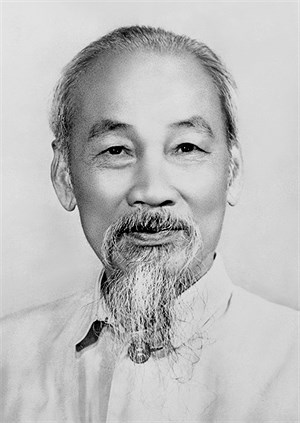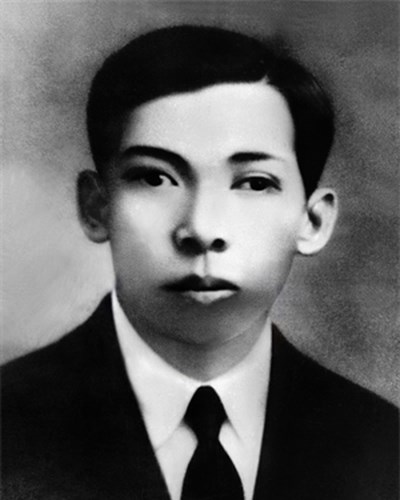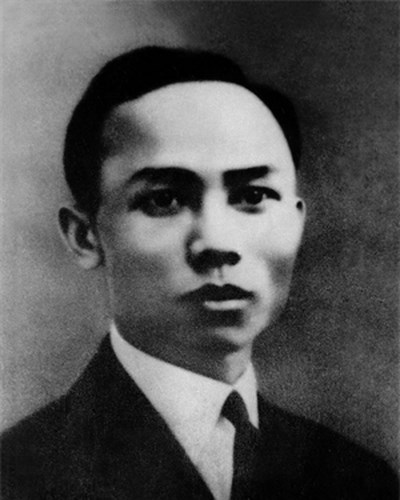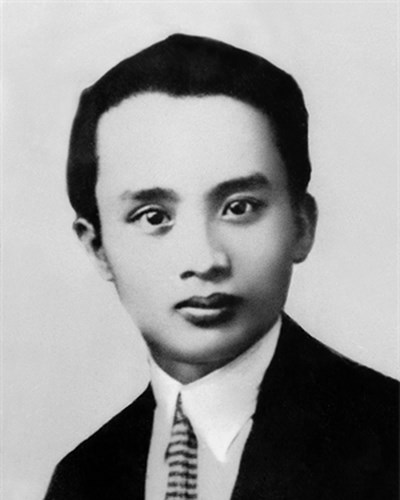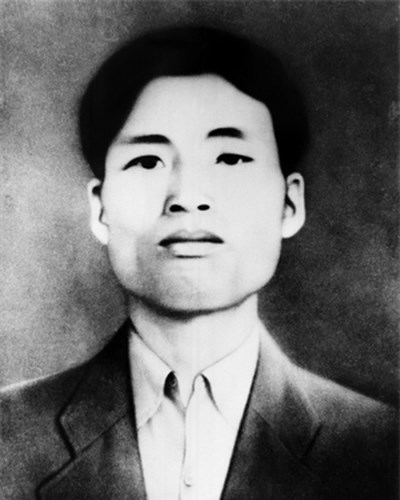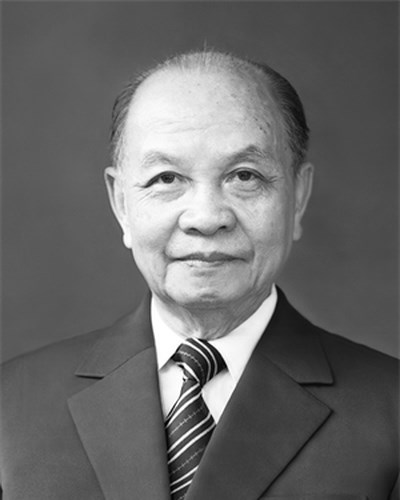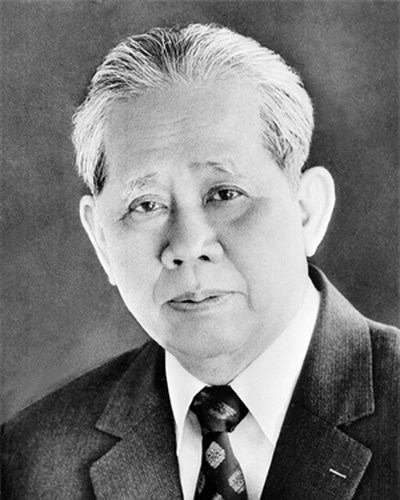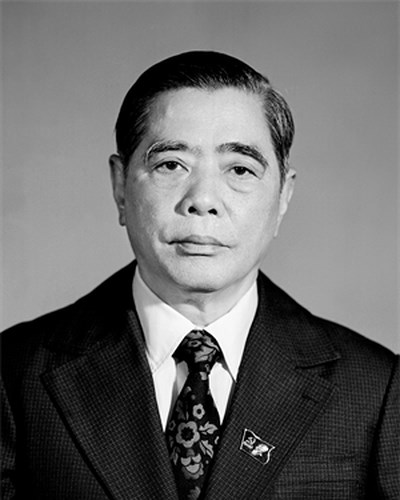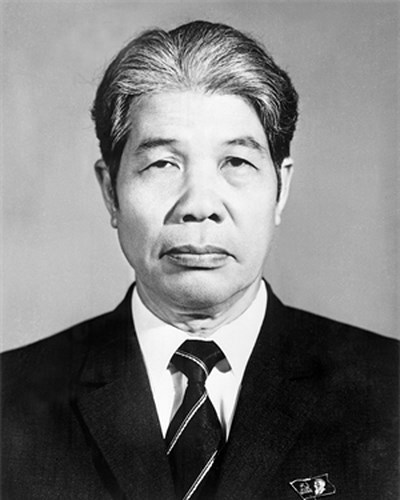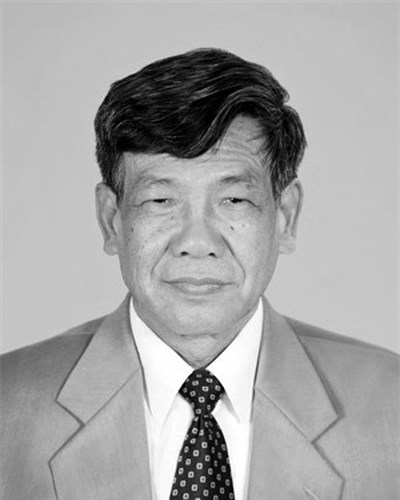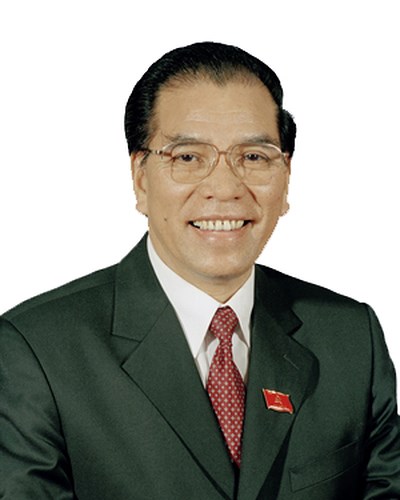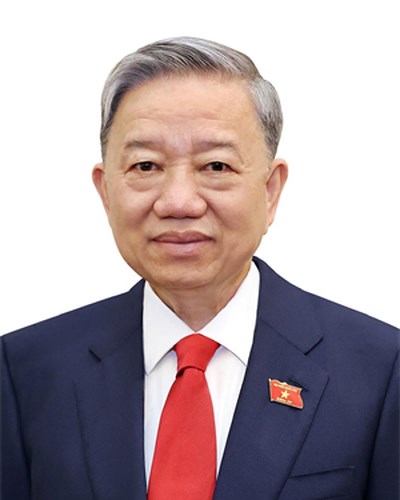Working history
- June 5, 1911: Leaving Nha Rong Wharf to go abroad in search of ways for national salvation
- 1912-1917: Under the name of Nguyen Tat Thanh, he visited many countries in Asia, Europe, America and Africa
- 1917: Returning to France from Britain, becoming active in movements of Overseas Vietnamese and French workers
- 1919: Under the name of Nguyen Ai Quoc, on behalf of patriotic Vietnamese in France, he sent the “Claims of the Annamite People,” which demanded freedom for people in colonial countries, to the Versailles Conference
- December, 1920: Nguyen Ai Quoc attended the 18th Congress of the French Socialist Party. He voted for the Party to join the Third International, becoming one of the founders of the French Communist Party
- 1921: Taking part in establishing the Union of French Colonial Nations
- 1922: Publishing the Le Paria newspaper
- June, 1923: Travelling from France to the Soviet Union, working at the Communist International
- October, 1923: Elected to the International Peasantry Council at the first International Peasantry Congress, becoming the only delegate from a colonial country to be appointed to the Presidium of the Council
- June and July 1924: Attending the fifth congress of the Communist International, the fourth congress of International Youth, and the Red International of Labour Unions.
- November, 1924: Going to Guangzhou (China) as a member of the Oriental Department of the Communist International and member of the Presidium of the International Peasantry Council
- June 1925: Founding the Vietnam Revolutionary Youth, personally opening courses to train revolutionary officials, publishing the “Thanh nien” (youth) journal, the first revolutionary newspaper of Vietnam, to popularize Marxism-Leninism in Vietnam, preparing for the establishment of the Communist Party of Vietnam. Lectures of Nguyen Ai Quoc during the courses were collected into a book entitled “Duong Cach Menh” (Revolutionary Path) – an important theoretical document laying the ideological foundation for the revolution of Vietnam.
- May, 1927: Leaving Guangzhou for Moscow (Soviet Union), from then going to France and Belgium to attend the General Assembly of the League against Imperialism. He then travelled to Germany and Italy from which he returned to Asia.
- July, 1928 - November, 1929: Working in the patriotic movement of overseas Vietnamese in Thailand, continuing to prepare for the setting up of the Communist Party of Vietnam.
- February 3-7, 1930: Chairing the Party founding conference in Kowloon (Hong Kong, China), which approved the formation of a single party called Communist Party of Vietnam, as well as the Party’s Brief Political Platform, the Brief Policy and the Brief Party Charter, compiled by Nguyen Ai Quoc.
- June 1931: Arrested and detained by the British administration in Hong Kong. In late 1932, he was released.
- 1934-1938: Doing research work at the Institute for Colonial Nation Studies in Moscow (Soviet Union). He continued to supervise and direct revolutionary movement in Vietnam following the chosen path for Vietnamese revolution
- October 1938: Leaving Soviet Union for China, contacting the Party organization to prepare to return to the home country.
- January 28, 1941: Returning to the fatherland after 30 years
- May 1941: convening the eighth meeting of the Central Committee of the Communist Party of Indochina, establishing the League for the Independence of Vietnam (Viet Minh), organizing liberation armed forces and revolutionary bases, leading the people to launch local uprisings and the general uprising to gain power across the country.
- August 1942: Taking the name of Ho Chi Minh and going to China as the representative of the Viet Minh Front and the Vietnam section of the International Anti-Invasion Association to seek international alliance and coordinate actions against fascism in the Asia-Pacific battlefield.
He was arrested by the Chiang Kai-shek’s local administration and imprisoned in Guangxi province. During one year and 14 days in prison, he wrote the poem collection entitled “Diary in Prison” with 133 poems in Chinese.
- September 1943: Released from the prison.
- September 1944: Returning to Pac Bo in Cao Bang province
- December 1944: Directing the establishment of the Vietnam Propaganda Unit of the Liberation Army, the predecessor of the Vietnam People’s Army
- May 1945: leaving Cao Bang for Tan Trao in Tuyen Quang province
- August 1945: At his proposal, a national conference of the Party and a National People’s Congress were convened, which decided to launch a General National Uprising. The National People’s Congress elected the National Liberation Committee (effectively a provisional Government) with Ho Chi Minh as President. He and the Party Central Committee led the general uprising to successfully seize power
- September 2, 1945: Reading the Declaration of Independence on the establishment of the Democratic Republic of Vietnam at the Ba Dinh Square in Hanoi
- January 1, 1946: The Provisional Coalition Government was set up with Ho Chi Minh as President and Minister of Foreign Affairs.
- January 1946: Elected President of the Democratic Republic of Vietnam by the first-tenure National Assembly.
- March 2, 1946: The Resistance Coalition Government was formed with Ho Chi Minh as President.
- November 3, 1946: Assigned by the National Assembly to form a new Government, in which he served as President and Prime Minister (from November 1946 to September 1955) as well as Minister of Foreign Affairs (from November 1946 to 1947).
- December 19, 1946: Issuing an appeal for nationwide resistance against French colonialists’ invasion to safeguard the country’s independence and freedom
- 1951: Elected Chairman of the Central Committee of the Workers’ Party of Vietnam at the second National Party Congress (at that time, the Party had gone public under the name of the Workers’ Party of Vietnam). Under the leadership of the Party Central Committee led by Ho Chi Minh, the resistance war against the French reaped huge success, ending with the great Dien Bien Phu victory (May 7, 1954)
- 1955: The Party Central Committee and President Ho Chi Minh set two strategic tasks of the revolution of Vietnam – conducting socialist revolution and building socialism in the North, and liberating the South, reuniting the nation, completing the people's national democratic revolution in the country.
- October 1956: Elected Party Chairman and General Secretary at the expanded 10th meeting of the second-tenure Party Central Committee.
- September 1960: Re-elected Chairman of the Central Committee of the Workers’ Party of Vietnam at the third National Party Congress.
- July 1960 to September 1969: Elected President of the Democratic Republic of Vietnam by the second- and third-tenure National Assembly.
- September 2, 1969: Passing away in Hanoi.
- 1990: On the occasion of his 100th birthday, President Ho Chi Minh was honoured by the UN Educational, Scientific and Cultural Organisation (UNESCO) as a hero of national liberation and a great man of culture./.
